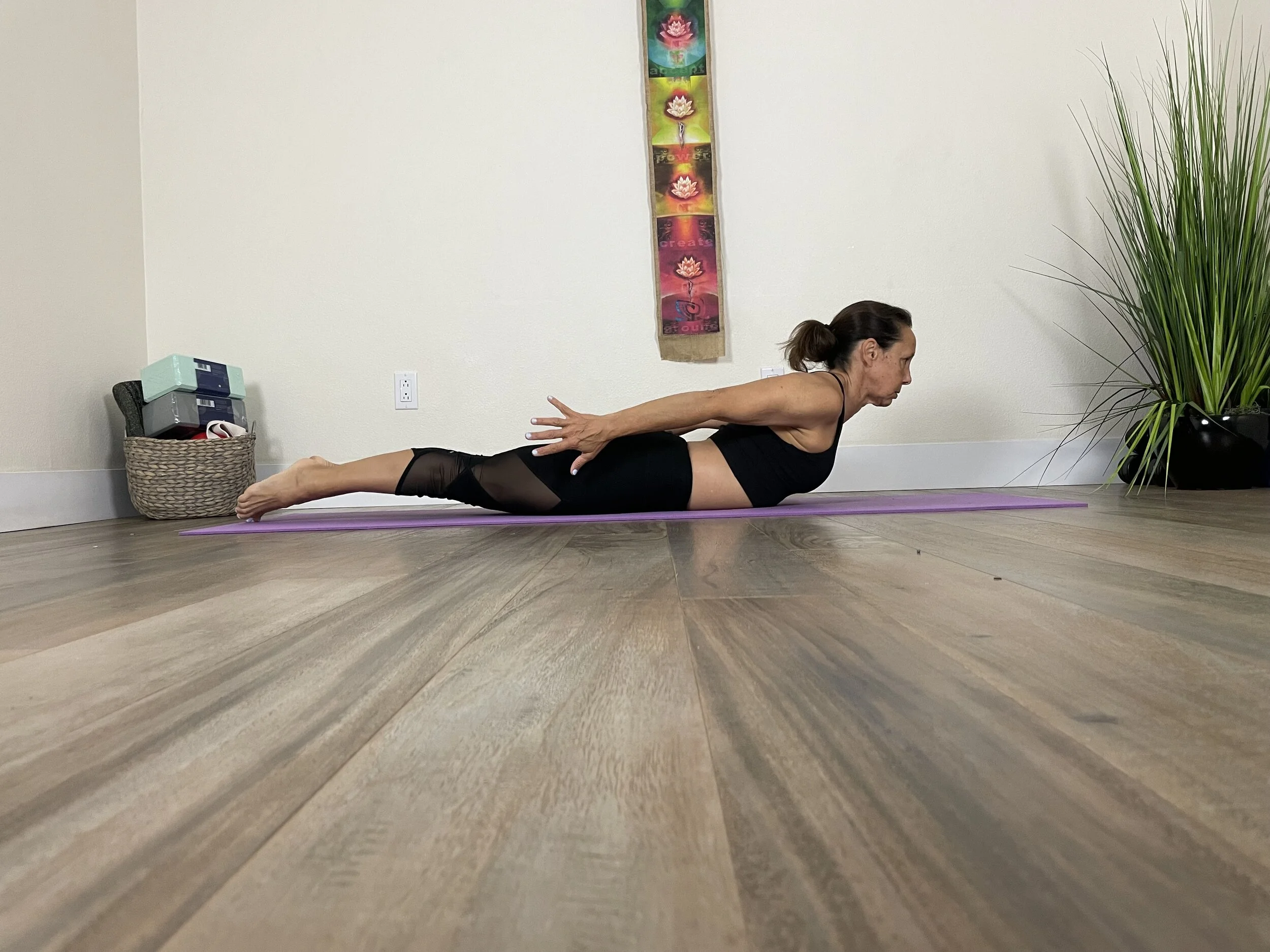We have a complicated relationship with our core
There are a lot of mixed emotions and a true lack of understanding about our core muscles Students often associate our core with belly fat and ask if we can work our core to lose weight. This is not how weight loss works. Sustained weight loss is not just PHYSICAL. It works best with a mind-body approach that addresses nutrition, exercise, mindset, and a behavior change plan.
The core is a critical part of your body that helps with everyday tasks. These muscles work together to support the spine when we sit, stand, bend over, pick things up, or exercise. This muscle group contains your vital organs, and allows you to breathe.
Your major core muscles include: the pelvic floor, the abdominals, the iliopsoas, & the back extensors Your minor core muscles include your lats, traps, and your gluteus.
https://www.betterhealth.vic.gov.au/health/conditionsandtreatments/abdominal-muscles
MUSCLES OF THE CORE:
THE PELVIC FLOOR MUSCLES
These muscles are the floor of your core. They line the bottom of your pelvis and support your abdominal organs. When you engage these muscles in yoga, we call it engaging mula bandha. This action helps to lift and lengthen the spine.
See A BEGINNERS GUIDE TO THE BANDHAS
THE ABDOMINALS :
These muscles surround the circumference of your core including the front, sides, and back of your core. The abdominals allow you to move, and support your entire spine. We engage these muscles in Forearm Plank, Bicycles, Plank, & Side Plank. In Yoga, we call this engaging uddiyana bandha.
THE ILIOSPSOAS:
In yoga, the iIlliopsoas is at the center of your core. As part of your hip flexors., the psoas works with your abdominal muscles to support you in standing poses, standing balance, boat pose, & crow pose.
THE DIAPHRAGM:
Geographically, the diaphragm is the very top of your core. This diaphragm is the dominant muscle involved in breathing. Breathe, is the most basic element of yoga and of life.
Core Muscles: Pelvic Floor, Iliopsoas (Hips), Abdominals, Diaphragm, Gluteus, back Muscles, Lats & Traps. https://www.fitclubny.com/blog/the-mcgill-big-3-core-muscles


